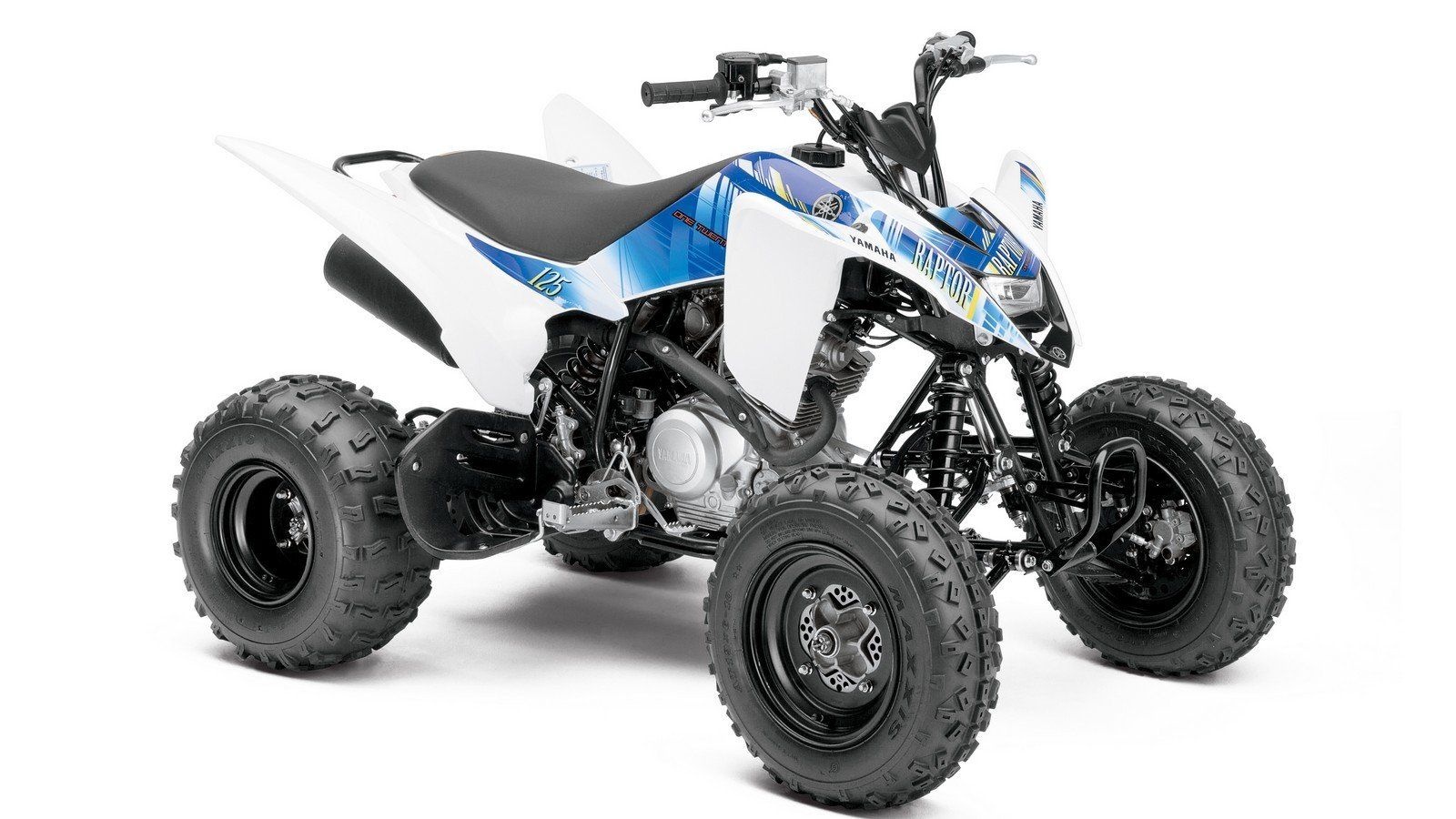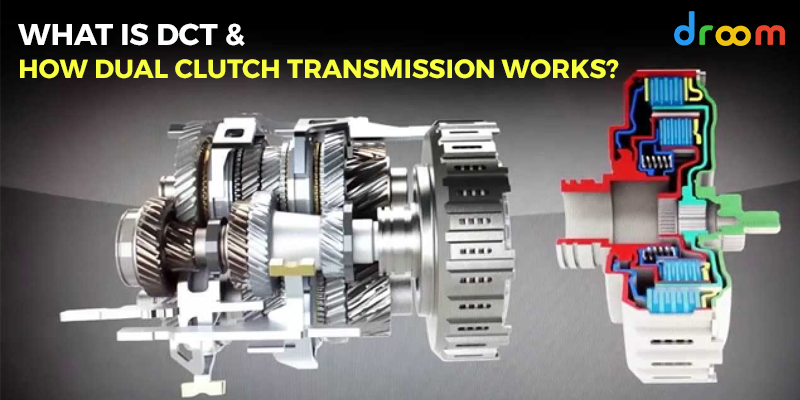Audi has announced that its newly-developed seven-speed S tronic gearbox will make its debut in the 2009 Audi Q5 SUV, which will be the first Audi with a longitudinally-mounted engine to receive a. The dual clutch transmission from ZF enables lightning-fast gear changes under load without interrupting the torque. It is thus ideally suited for vehicles with dynamic/sporty designs. In them, the ZF transmission performs a balancing act between pure sportiness and the highest driving comfort.
The newly designed, EcoShift® Dual Clutch Transmission strikes the optimal balance of performance and fuel efficiency with the convenience of an automatic ca. Dual clutch transmissions, or DCTs, have become a popular transmission option for vehicle designers as they combine the gear efficiency of a manual, with the.
A non-synchronous transmission— also called a crash gearbox— is a form of manual transmission based on gears that do not use synchronizing mechanisms. They require the driver to manually synchronize the transmission's input speed (engine RPM) and output speed (driveshaft speed).
Non-synchronous transmissions are found primarily in various types of industrial machinery; such as tractors and semi-tractors. Non-synchronous manual transmissions are also found on motorcycles, in the form of constant-meshsequential manual transmissions.[1][2] Prior to the 1950s and 1960s, most cars used constant-mesh (and also sliding-mesh) but non-synchronous transmissions.
History[edit]
Most early automobiles were rear-engined, using a single-speed transmission and belt-drive to power the rear wheels. In 1891, the French Panhard et Levassor automobile used a three-speed manual transmission and is considered to have set the template for multi-speed manual transmissions in motor vehicles.[3][4] This transmission used a sliding-gear design without any form of speed synchronization, causing frequent grinding of the gear teeth during gear shifts.[5]
The Panhard design was refined over the years by other manufacturers to include 'constant-mesh' gears (instead of sliding gears). The first usage of synchromesh was by Cadillac in 1928.[6]
Driving techniques[edit]
Trained drivers of vehicles with non-synchronous transmissions sometimes use the techniques listed below. If improperly implemented, these techniques can cause damage to the vehicle or the loss of control of the vehicle.
- Double-clutching: releasing the clutch in neutral to synchronize the speeds of the shafts within the transmission[7]
- Float shifting: shifting without using the clutch
In big rigs and semi-trucks, the driver may have to complete 24 or more gear changes when accelerating from a standstill to 70 mph (113 km/h).
Clutch brake[edit]
Unlike any other type of transmission, non-synchronous transmissions often have a clutch brake mechanism, which is usually activated by pressing the clutch pedal all the way to the floor[8] or pressing a button on the top of the gear lever. The purpose of the clutch brake is to slow down (or stop) the rotation of the transmission's input shaft, which assists in shifting the transmission into neutral or first gear when the vehicle is at a standstill.[9] The clutch brake not only slows or stops the idle gear axis but can also prevent shifting into gear until the clutch pedal is released a few inches off the floor. In order to shift into gear, the clutch must be halfway off the floor, otherwise, the clutch brake will prevent the transmission from being shifted into or out of gear.
Comparison of transmissions[edit]
Any transmission that requires the driver to manually synchronize the engine speed with the speed of the driveshaft is non-synchronous.[7] Non-synchronous transmissions are mostly used in semi-trucks, large industrial machines and power take-offs.[10]
Sequential manual transmissions, which are commonly used in motorcycles, ATVs, and racecars, are a type of non-synchronous (unsynchronized) manual transmission, where gear ratios must be selected in succession (order), and direct access to a specific gear ratio is not possible.[11]

Most manual transmissions in modern passenger vehicles are fitted with synchromesh to equalize the shaft speeds within the transmission, so they are synchronous transmissions.[12] All automatic transmissions have synchronizing mechanisms, and semi-automatic transmissions that use dog clutches typically have cone-and-collar synchronizing mechanisms.
See also[edit]
References[edit]
- ^https://www.topspeed.com/motorcycles/guides/types-of-motorcycle-transmission-ar186976.html
- ^https://auto.howstuffworks.com/sequential-gearbox.htm
- ^'Sliding Gearbox - 1891 Panhard et Levassor'. www.youtube.com. Sporty 40. Retrieved 4 January 2020.
- ^'The 1891 Panhard et Levassor'. www.themotormuseuminminiature.co.uk. Retrieved 4 January 2020.
- ^'1902 Panhard and Levassor'. www.howstuffworks.com. 7 December 2007. Retrieved 4 January 2020.
- ^'Synchromesh Gear Box- How's That Work?'. www.hooniverse.com. 3 November 2014. Retrieved 8 January 2020.
- ^ ab2005 Commercial Driver's License Manual(PDF). Federal Motor Carrier Safety Administration New Hampshire Dept. of Motor Vehicles. p. Section 13, page 3. Archived from the original(PDF) on 2012-05-21.
'Double clutch if vehicle is equipped with non-synchronized transmission
- ^'What is a Clutch Brake?'. www.itstillruns.com. Retrieved 15 January 2020.
- ^'Clutch Brakes'. www.amsautomotive.com. Retrieved 15 January 2020.
- ^'6-10 Bolt Mechanical Power Takeoff'. www.thomasnet.com. Retrieved 2007-07-16.
- ^https://auto.howstuffworks.com/sequential-gearbox.htm
- ^'Synchronizers; graphic illustration of how they work'. www.howstuffworks.com. Retrieved 2007-07-18.
Photo: The News Wheel
Many drivers treat their car’s dual-clutch transmission in the same way that they would drive a car that had an automatic transmission. But, a dual-clutch transmission is more like a manual transmission than automatic. And if you don’t treat it properly, you could permanently damage it.
Some of your current driving habits could ruin a dual-clutch transmission. If you’re doing any of the following and your car has a DCT, cut it out!
Is Your Car Having Trouble Driving?Take action if any of these warning indicator lights are illuminated

Habits to avoid so you don’t ruin a dual-clutch transmission
Stop taking your foot off the brake
If you have a tendency to let your DCT sit without applying the brakes, such as waiting in traffic or at the foot of an incline, you could be wearing out the clutch pack. When the brakes aren’t applied, some DCTs will make the clutches continually slipping to keep you in place. This depends on how your transmission operates, but you could be putting extra heat and wear on the clutch pack.
Stop putting the car in neutral
Those who are used to driving stick shifts might have a habit of putting their car in neutral when they’re fully stopped at an intersection. You don’t need to do this with a dual-clutch transmission. The car will intuitively release the clutches when you’re braking, so there’s no point switching out of Drive.
If you do ever put the car in neutral, keep the brake depressed when shifting into and out of neutral to protect the clutch.
Are You Guilty of Any of These Common Car Maintenance Mistakes?Find out…
Double Clutch Gearbox Explained
Stop launching improperly
Twin Clutch Transmission
In sportier cars with dual-clutch transmissions, drivers like to launch from a stand-still, but doing so incorrectly can severely damage the gearbox and clutch disks. Don’t hold the brake pedal while you’re revving the gas because the clutch will take damage trying to move the car while you’re fighting it with the brakes. In general, never accelerate the engine when the brakes are applied.
Stop keeping the car in place by accelerating
Volkswagen Double Clutch Gearbox
If you’re sitting on an incline, don’t repeatedly tap the acceleration pedal to keep your position. The same goes for putting the car in reverse and accelerating backward to stop from rolling down a hill. Both practices will quickly overheat the clutch. Use the brakes instead.
Volkswagen Double Clutch Gearbox Model
Clutch behavioral logic and functions vary from manufacturer to manufacturer, so research your specific model to find out how to properly operate. Your car’s owner’s manual will have a lot of information on proper handing to not ruin a dual-clutch transmission.
Sources:Engineering Explained, 2014 Hyundai Veloster owner’s manual

Best Double Clutch Gearbox
Aaron is unashamed to be a native Clevelander and the proud driver of a Hyundai Veloster Turbo (which recently replaced his 1995 Saturn SC-2). He gleefully utilizes his background in theater, literature, and communication to dramatically recite his own articles to nearby youth. Mr. Widmar happily resides in Dayton, Ohio with his magnificent wife, Vicki, but is often on the road with her exploring new destinations. Aaron has high aspirations for his writing career but often gets distracted pondering the profound nature of the human condition and forgets what he was writing… See more articles by Aaron.
